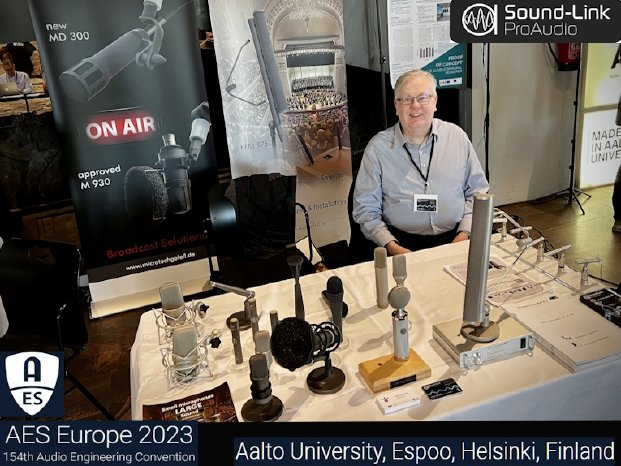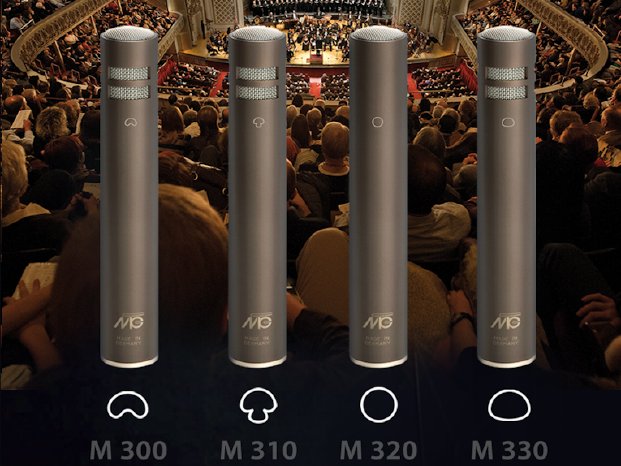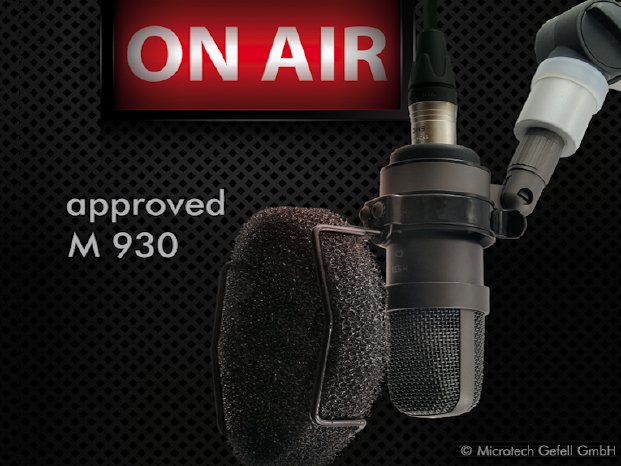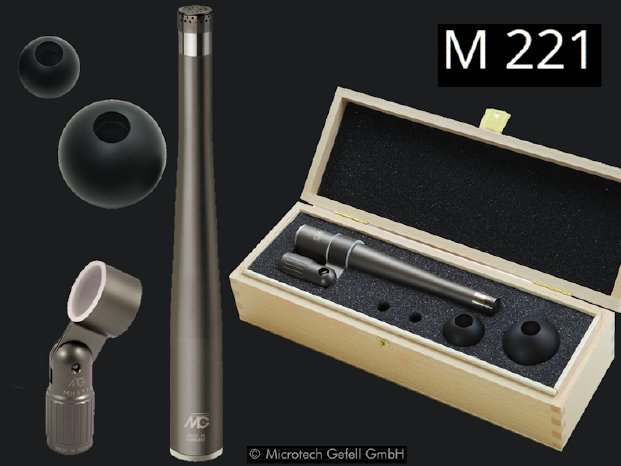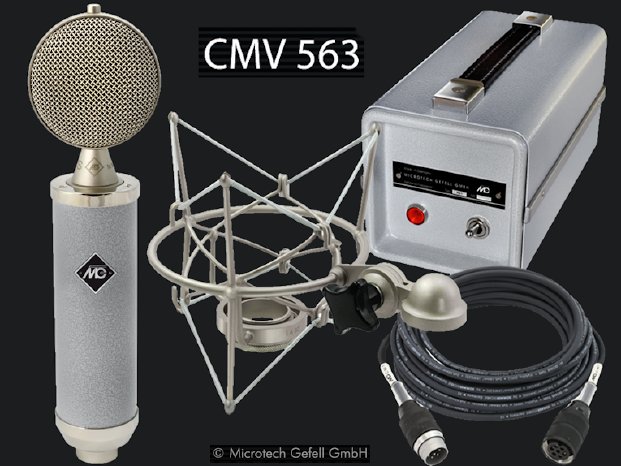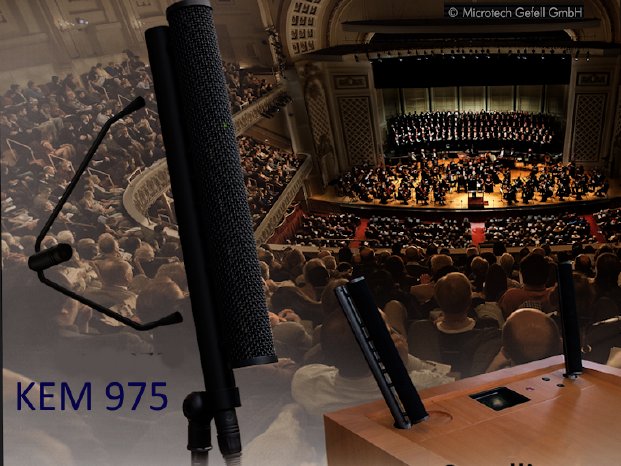Microtech Gefell at the AES Europe 2023
The AES Europe 2023 resp. 154th Audio Engineering Convention was a major event of the Audio Engineering Society (AES).The AES holds annual conventions around the world, bringing together professionals, researchers, educators, and enthusiasts from the audio industry to exchange knowledge, present research, and showcase the latest advancements in audio engineering
For this reason, participation was an absolute must for Microtech Gefell GmbH and its partner Sound-Link ProAudio Ltd.-UK.
The MTG partner J.Willet, the Managing Director of Sound-Link ProAudio Ltd. Uk, for examble , came to the following conclusion:
„The AES in Espoo went very well. We were talking with people almost all the time, so it was, indeed, very good. It was also very useful as we were talking about all the unique things about MTG microphones that you don’t seem to talk about very much - eg: the ceramic capsule of the M 300 series and M 900 series, the optical phantom power coupling of the M 300 series and M 930 series, the M 221 having a nickel diaphragm that is “grown in place” and is only 0.9 micron thick, etc. Things that make MTG microphones very special and things that other manufacturers don’t have.
The congress was thus an excellent opportunity to present high-end microphone solutions, e.g. the M 300 series, the M 930 series, the vintage microphone CMV 563 M7 S or the line array microphone system KEM 975.
Small Mics & Large Sound - The M 300 Studio Microphone series
The M 300 series includes four different polar patterns for high-quality recordings Together with the intelligent accessories, the series forms a versatile system for different applications, and that from single microphones to stereo and surround sets to 3D.
The design and construction of the M 300 "Pencil" mics resemble most other small-diaphragm condenser microphones at first glance, but with some clever changes. For example, unlike other microphones, the capsule housing is made of ceramic rather than metal, resulting in better temperature resistance. The design of the ceramic capsule was derived from the highly resistant Made in Gefell measurement microphones. The M3 capsule has a 16-mm mylar diaphragm covered with a vapor-deposited gold layer.
The power supply for the circuits and for the bias voltage is realized by specially developed electronics. The DC-DC converter for upscaling the phantom power to the required internal voltages is based on an optocoupler. The optocoupler effectively eliminates noise and phantom power noise. A relatively high polarization voltage of 80 V is generated for the capsule, which is the key to the impressive sound pressure level. The output of the M300 is transformerless.
The M 930 Studio Microphone series
The M 930 studio condenser microphones combine modern large diaphragm capsule technology with the latest in semiconductor circuit topology.
They are specifically designed to meet the needs of professional and semi-professional users who demand the highest performance. The microphones are ideally suited for universal miking applications in broadcast and sound studios.
They are also attractive for project studios. Applications include vocalists, announcers, dialog pickup and as spot microphones for recording guitars, keyboard, percussion, wind and string instruments.
The electronic impedance converter uses a perfected circuit topology. This design reduces the noise floor to an extremely low level while also raising the maximum output capability. As a result, these microphones have a clean, distortion free sound over anextremely wide dynamic range. RFI susceptibility is very low.
Measuring microphone technology meets Studio & Recording - Gefell M 221 - The very special microphone
Professional audio (a trade magazine for studio professionals, musical amateurs and ambitious home recordists), for example, concluded: "The Microtech Gefell M 221 is a perfectionist, created by perfectionists for perfectionists. Its exceptionally natural fine sound makes it the ideal transducer for demanding recordings. Given the sound quality, the outstanding workmanship and the clever ball attachments for mechanical diffuse field equalisation, its price is entirely appropriate."
The M 221 condenser mic unifies universal small diaphragm capsule technology with a metal diaphragm and a modular preamplifier.The use of a certificated measurement capsule combined with a preamplifier with 48 V phantom powering reaches a constant magnitude and phase response and long-term stable transmission properties.
Because of the small capsule dimensions the M 221 is ideally suited for applications where a low interference with the sound field is demanded. It is usable as a main microphone for recordings which should include a certain amount of the room response.
As well the mic is suited as a spot microphone for recording instruments very close where the low frequencies should be transmitted in detail and original. Moreover it can be used for multichannel main microphone arrangements like AB stereophony or decca tree. For these applications the mic is ideal because of its precise and long-time stable transmission properties.
The M 221 can operate also in unfavorable climate conditions especially referring the temperature and air humidity for which a accessory humidity adaptor is purchasable.
Forever Young – CMV 563 M 7 S – The Vintage line
The CMV 563 (CMV = Condenser Microphone Amplifier) came onto the market in 1956 and was manufactured until 1972 by the limited partnership Georg Neumann & Co., today Microtech Gefell GmbH / MTG.
This mic is the original reissue of the vintage Gefell CMV 563. It has the typical warm, full-bodied sound of valve microphones that are preferred by vocalists and soloists.
The CMV 563 uses the original screw-on M 7 S capsule with PVC membrane and a newly developed N 61 power supply.
The M 7 capsule, developed by Georg Neumann in 1931, formed the heart of legendary tube classics such as CMV3, CMV5, U47, M49, CMV 563 or UM57 from Gefell, where the production of CMV - models with M 7 capsules was continued from 1943 after a war-related relocation.
Until today modern concepts fall back on the groundbreaking M 7 design.
Exclusively handcrafted by Microtech Gefell, a company of Georg Neumann KG, the M 7 S joins the ranks of the best kidney characteristic capsules on the market.
The CMV 563 vacuum tube pre-amplifier is equipped with the EF 86 pentode working as a triode selected for its sonic characteristics. The new N 61 power supply provides the operating voltage for the vacuum tube. It can be powered from AC mains with a primary voltage of 115 or 230 volts / 50 or 60 Hz.
Linearray microphone system KEM 975 - cardioid plane microphone
The cardioid plane microphone KEM 975 is a line array microphone system with a largely frequency-independent polar pattern, which – in the horizontal plane – has the features of a cardioid microphone and – in the vertical plane – the features of a directional microphone with an operating angle of approx. 30 degrees. Thus, the polar pattern is adapted to the frequent case that the sound source to be captured is wide in space or moves around in it and, at the same time, sound coming from other directions is to be suppressed.
The sound to be rejected may consist of disturbing noises or reflections which come from the ceiling, table surfaces or floor areas. Due to its directional characteristics, the KEM 975 can be used for recording sound sources that are very extensive in width and depth or moving sound sources. Since the complete signal processing is analogue, there are no signal delays.
Delta capsule
Below approx. 800 Hz, the KEM 975 cannot maintain its clubbed directivity in the vertical plane anymore due to its length and approaches a cardioid polar pattern more and more with decreasing frequency.
With a process patented by the Institute for Broadcasting Technology, the directivity and the directionality are increased in this frequency range by using the optional attachable Delta capsule which forms an equilateral triangle together with the two outermost capsules of the KEM 975. Thus, a frequency-constant directivity index is realised across the entire frequency range down to below 100 Hz.
The result is a better spatial separation of sound sources with low-frequency signal portions and a more consistent spaciousness in the recorded signal over the frequency spectrum. This is particularly advantageous for music recordings.
If the KEM 975 is used for video conferences, or as a speaker’s microphone on a lectern or desk, it can be used without the Delta capsule, as speech frequencies are above the threshold where the Delta capsule is needed.
